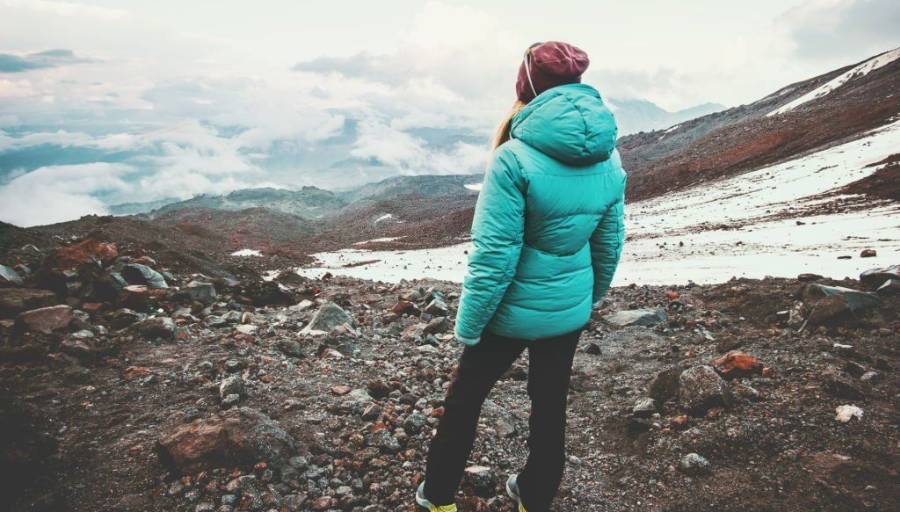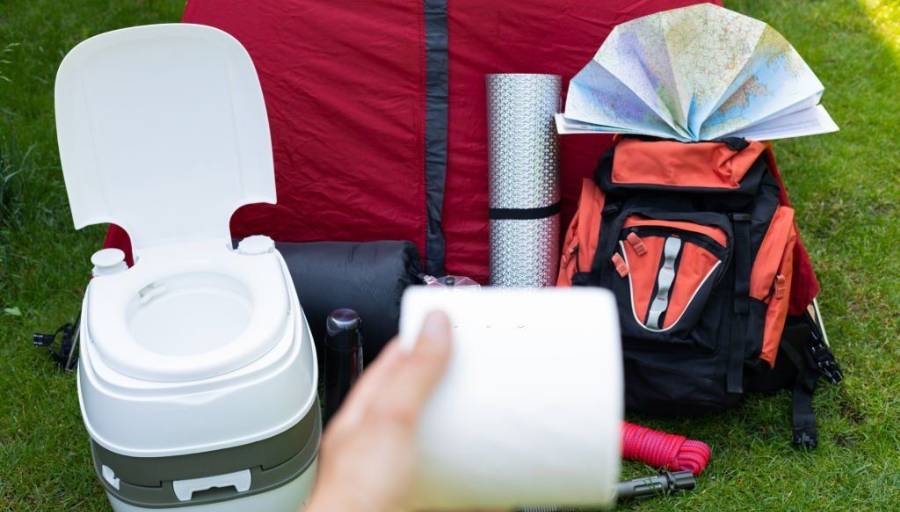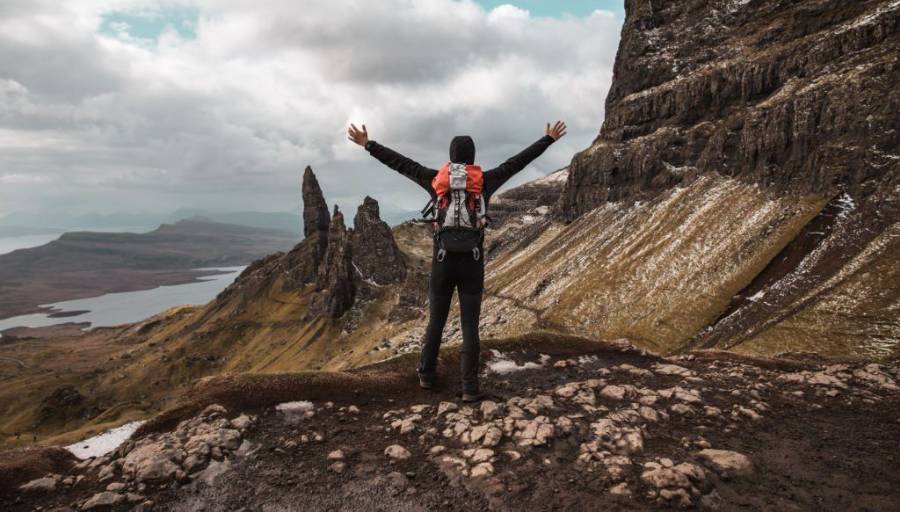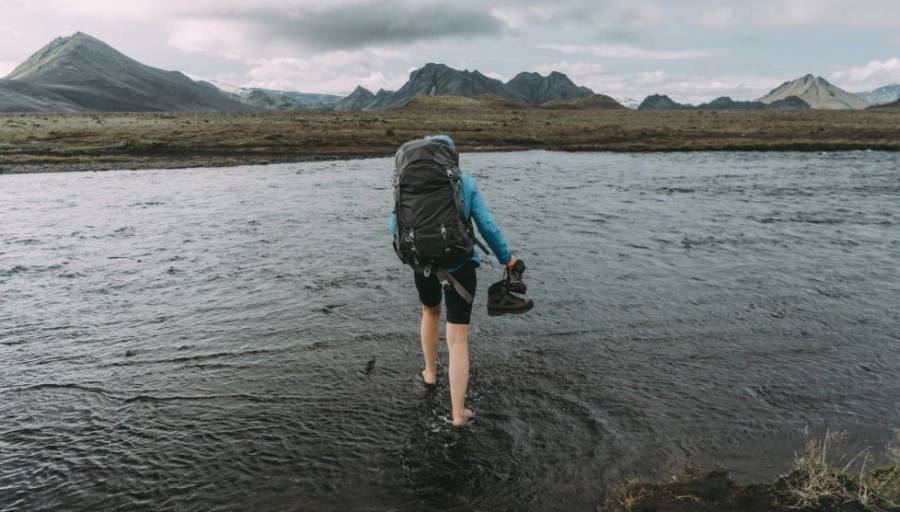Hiking in Winter: Recommended Clothing
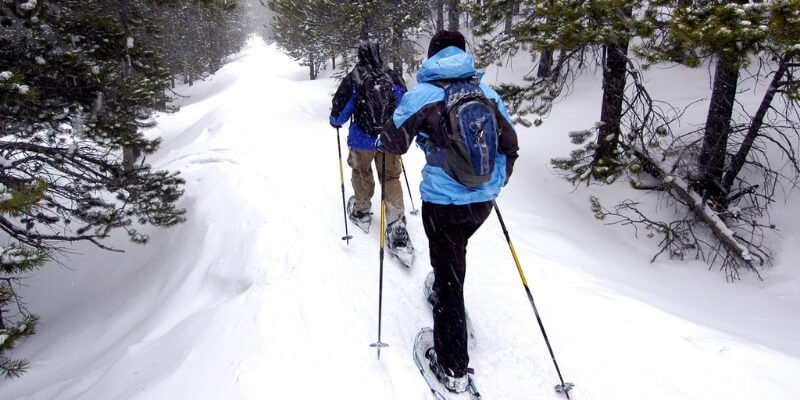
Hiking in winter demands thermal precautions. Cold weather not only reduces comfort and enjoyment but also deteriorates performance. To function optimally, your muscles and body need to stay within a comfort zone. Therefore, dressing appropriately before heading out for winter sports or hiking is essential.
We recommend the 3-layer technique, which is highly effective in these conditions and ensures you stay warm at any temperature while hiking!
The 3-layer System: Effective Protection
The 3-layer system is recommended for many outdoor lovers, such as hiking, camping, skiing, and more. This basic activity requires good thermal protection for a good energy yield of the muscles. Thanks to this technique, you can dress with a minimum of clothes for impeccable efficiency even in extreme winter.
Whatever the ambient temperature and the atmospheric conditions encountered, these 3 layers are more than enough to guarantee fundamental comfort and effective protection.
First layer
The first layer is the one that is in direct contact with the skin. The role of this basic part is important insofar as it keeps the skin dry. The hiker does not feel the cold, wind, snow, or rain during the exercise of this activity. This first layer must therefore have a good level of breathability to allow perspiration to escape and prevent you from dampness because of sweating. Because wetness can increase the feeling of cold after a few minutes.
For this first base layer, the technology of new types of clothing with innovative materials has been a big step forward in offering high-quality thermal underwear. There is short or long underwear made with merino wool or synthetic fiber. However, a cotton first-layer garment is strongly discouraged. It will absorb moisture and dry too slowly, then expose the athlete to a real risk of cooling.
We can therefore choose thermal underwear for the upper body such as warm technical underwear with round necks. Warm Top 3F with a beautiful feminine cut that provides excellent thermal insulation and optimal moisture transfer for all your clothes activities in low temperatures. This technical underwear also has an anti-bacterial treatment to limit odors and bacteria.
To protect your legs when the temperatures are the lowest, it is possible to equip yourself with the thermal seamless bamboo and silk underwear Strategic Pant 3 H. It will offer you a feeling of heat and incomparable comfort. With a seamless design, it acts like a second skin.
Silk mixed with fibers causes an immediate feeling of well-being and effectively insulates!

Second layer
The second layer which you can consider an intermediate layer. It comes over the base coat and under the third coat. Its essential role is to isolate body heat by preventing the air heated by body heat from escaping outside the clothes.
The second layer is generally made with synthetic fibers, as found in fleeces, or even with down (for some down jackets for example). The advantage of fleece-type clothing is that it protects against the cold even in humid weather. These transfer moisture to the outer layer. They also dry faster than natural or synthetic down clothes.
However, you can opt for an intermediate fleece, which is more breathable than a heavy fleece while providing more warmth than a lightweight fleece. This versatile option can be worn as an outer layer in mild temperatures or as a mid-layer when the weather turns cold.

Hibelle Outdoor Thermal Fleece Jacket
Third layer
The last layer is a protective layer. It is in direct contact with the outside and the function of this garment is to protect athletes against humidity and wind. It also participates in wicking away perspiration. This layer must be waterproof, but breathable at the same time.
Today there are many garments with waterproof and breathable membranes. These new materials prevent hikers and athletes from feeling a sauna effect during exercise and sudden cooling when stopped. So choose effective softshell or ultra-shell jackets capable of protecting you from outside humidity and wind and evacuating humidity from inside.
The best have taped seams and display breathability values of 80,000MVP and a waterproof value of 20,000 mm. These figures demonstrate total protection and the assurance of being able to practice an outdoor sport in winter without risking exposure to wind, cold rain, or even snow.
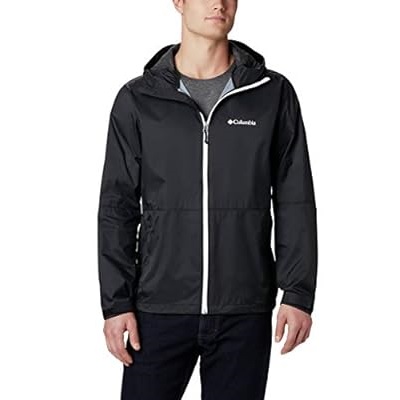
As for pants for winter hiking, you can choose Intrepid Warm pants with a modern and refined look. They are versatile and warm thanks to their 3D-Flex + 260g weave. Warm pants also have a waterproof and anti-stain DWR treatment. It can be worn from fall to spring and gives you comfort and superior stretch, which is appreciable when hiking and when the thermometer is a little low! Finally, it is easy to care for, wrinkle-resistant and dries quickly. Overall, it offers excellent value for money, making it a must-have for anyone looking to equip themselves with warm pants for winter!

INBIKE Winter Fleece Thermal Pants
Final Thoughts
The advantage of the 3-layer system is its scalability. It allows you to start well-covered and remove a layer as the temperature changes during your workout. After the activity, when your body is at rest, you can put the removed layers back on to avoid catching a chill.
Finally, this system eliminates the bulk and inefficiency of a single garment. Modern manufacturing techniques for synthetic membranes enable the creation of thin and lightweight clothing, making them easy to layer without sacrificing comfort. These garments allow freedom of movement while keeping you warm; you won’t feel restricted by thick clothing.
FAQs
What should I consider for the Base Layer?
The base layer should be moisture-wicking and snug-fitting to move sweat away effectively from your skin. Materials like merino wool or synthetic fabrics work best. Avoid cotton as it retains moisture.
Should I Adjust Layers During the Hike?
Yes, it’s important to adjust your layers based on your activity level and changing weather conditions. When you exert more energy, you may want to remove a layer to prevent overheating. Conversely, during rest breaks or in colder conditions, adding layers will provide the necessary insulation.
Can I Use the 3 Layer Technique in Mild Winter Conditions?
Absolutely. The 3-layer technique is versatile and can be adapted to various winter temperatures. In milder conditions, you can opt for lighter fabrics and adjust the thickness of each layer accordingly.
See Also…

